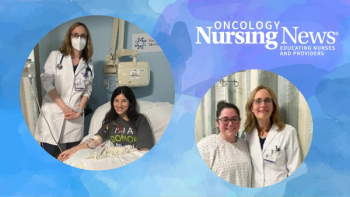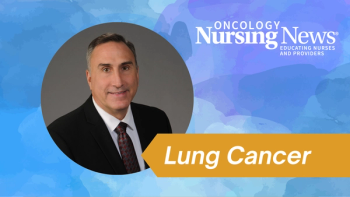
Addressing Treatment For Patients At The Highest Risk of BRCA Mutations
Patients with the highest risk of developing a BRCA mutation are not being tested earlier enough and developing these mutations when it's too late. Clinicians can change that.
At the 21st Annual Lynn Sage Breast Cancer Symposium, Susan M. Domchek, MD, director of the MacDonald Women’s Cancer Risk Evaluation Center at the University of Pennsylvania, spoke on how clinicians are missing patients that have the highest risk of developing BRCA1 and BRCA2 mutations and why it’s vital to make testing for these mutations routine.
OncLive®, a sister publication of Oncology Nursing News®, had the chance to sit down with Domchek and discuss further what clinicians can do to address this risk before patients have to deal with it down the line of their treatment.
TRANSCRIPTION
We currently miss people at the highest risk for having BRCA1 and BRCA2 mutations, and then there are socioeconomic disparities and racial disparities. We need to really make sure that we're testing those who are at the highest risk.
Secondly, if you choose to send the multi-team panel test, just make sure you know what genes are on the panel and make sure you understand what we might do with that information. I think it's really important that we know kind of what we're getting into before we do it and that our patients understand the pros and cons of expanded panel testing.
For more on Domchek’s presentation, read on
Newsletter
Knowledge is power. Don’t miss the most recent breakthroughs in cancer care.
















































































